A recent study from Quantum Source introduces an architecture that replaces probabilistic photon interactions with high fidelity gates.
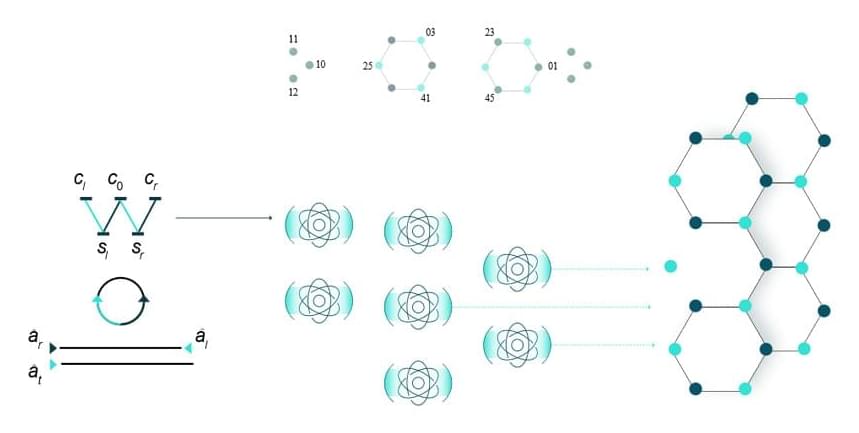

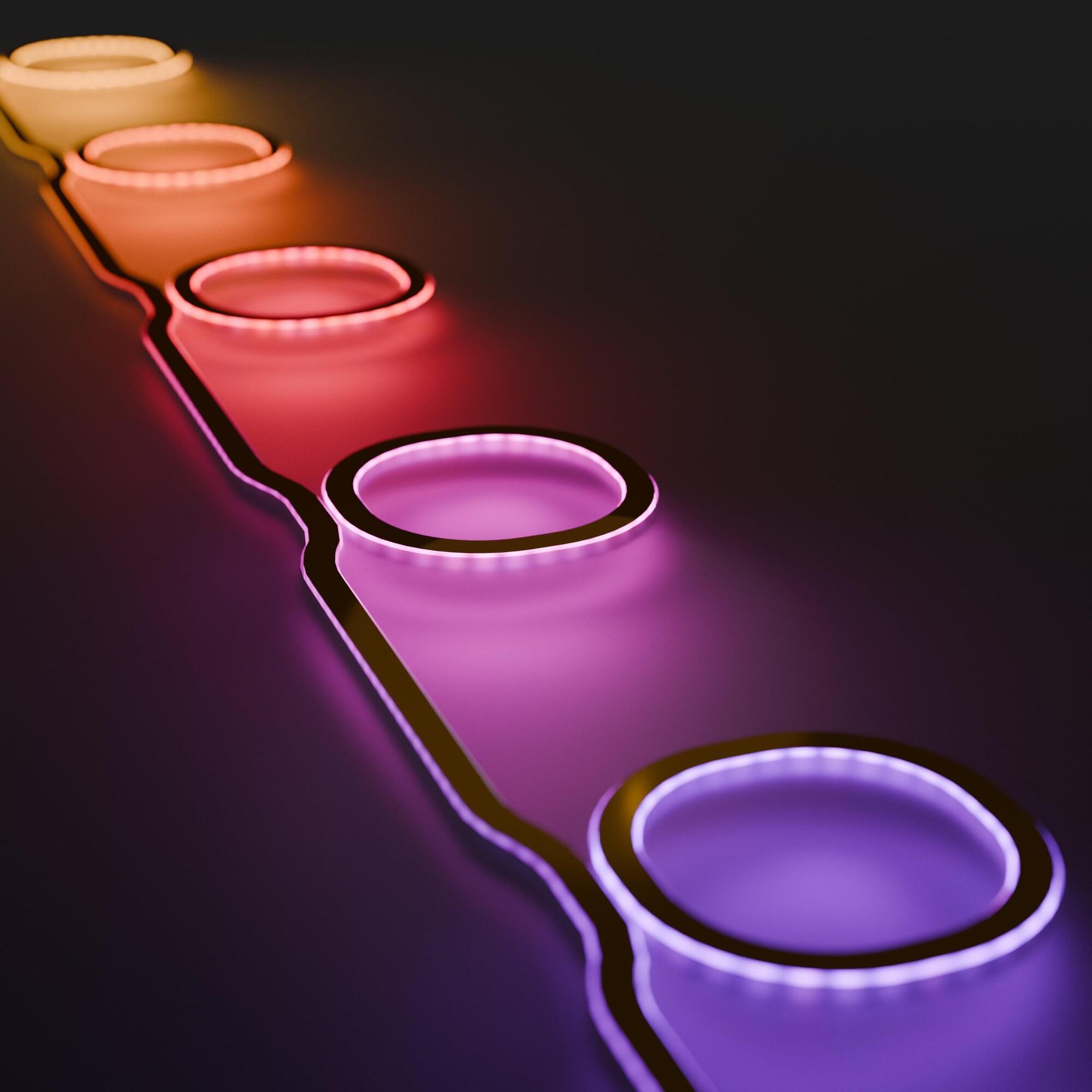
Researchers at the Harvard John A. Paulson School of Engineering and Applied Sciences (SEAS) and Technical University of Vienna (TU Wien) have invented a new type of tunable semiconductor laser that combines the best attributes of today’s most advanced laser products, demonstrating smooth, reliable, wide-range wavelength tuning in a simple, chip-sized design.
Tunable lasers, or lasers whose light output wavelengths can be changed and controlled, are integral to many technologies, from high-speed telecommunications to medical diagnostics to safety inspections of gas pipelines.
Yet laser technology faces many trade-offs—for example, lasers that emit across a wide range of wavelengths, or colors, sacrifice the accuracy of each color. But lasers that can precisely tune to many colors get complicated and expensive because they commonly require moving parts.
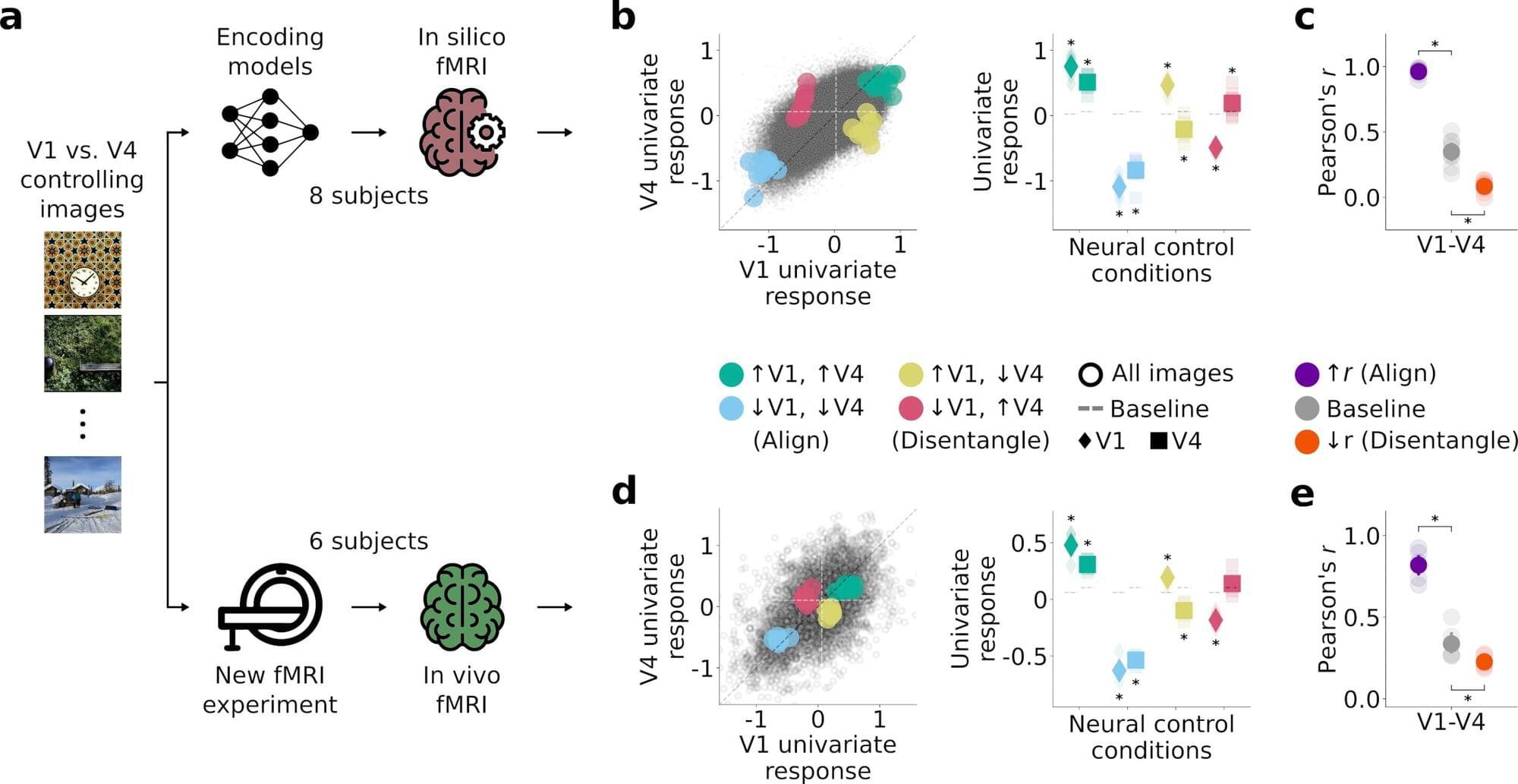
Understanding how the human brain represents the information picked up by the senses is a longstanding objective of neuroscience and psychology studies. Most past studies focusing on the visual cortex, the network of regions in the brain’s outer layer known to process visual information, have focused on the contribution of individual regions, as opposed to their collective representation of visual stimuli.
Researchers at Freie Universität Berlin recently carried out a study aimed at shedding new light on how regions across the human visual cortex collectively encode and process visual information, by simulating their contribution using computational models. Their findings, published in Nature Human Behaviour, highlight specific rules that could govern the relations between these different regions of the visual cortex.
“Most of us take seeing for granted, but the process is surprisingly complex,” Alessandro Gifford, first author of the paper, told Medical Xpress. “When we look at the world, it’s not just our eyes doing the work—it’s our brain, specifically an area at the back called the visual cortex. Think of the visual cortex as a team of specialists. Each member of the team (or brain region) handles a different aspect of what we see—one might focus on shapes, another on motion, another on faces.”

An international research team led by Forschungszentrum Jülich has succeeded in visualizing magnetism inside solids with unprecedented precision. Using a newly developed method, the scientists were able to image the finest building blocks of magnetism directly at the atomic level. They have published their findings in the journal Nature Materials.
Magnetism is an integral part of our everyday lives—it is found in electric motors, loudspeakers, and the storage media of modern computers. It is generated by the movement and spin of electrons. Previous techniques could only measure these properties to a limited extent and often only on the surface of materials. The team led by Dr. Hasan Ali and Prof. Rafal E. Dunin-Borkowski has now developed a new method using a state-of-the-art electron microscope to measure magnetic properties at a previously unattainable resolution.
“Our technique allows us to visualize the magnetic properties within a material with atomic precision,” explains Dr. Hasan Ali, first author of the study. “This enables us to observe how the movement and spin of electrons behave in the crystal lattice.”
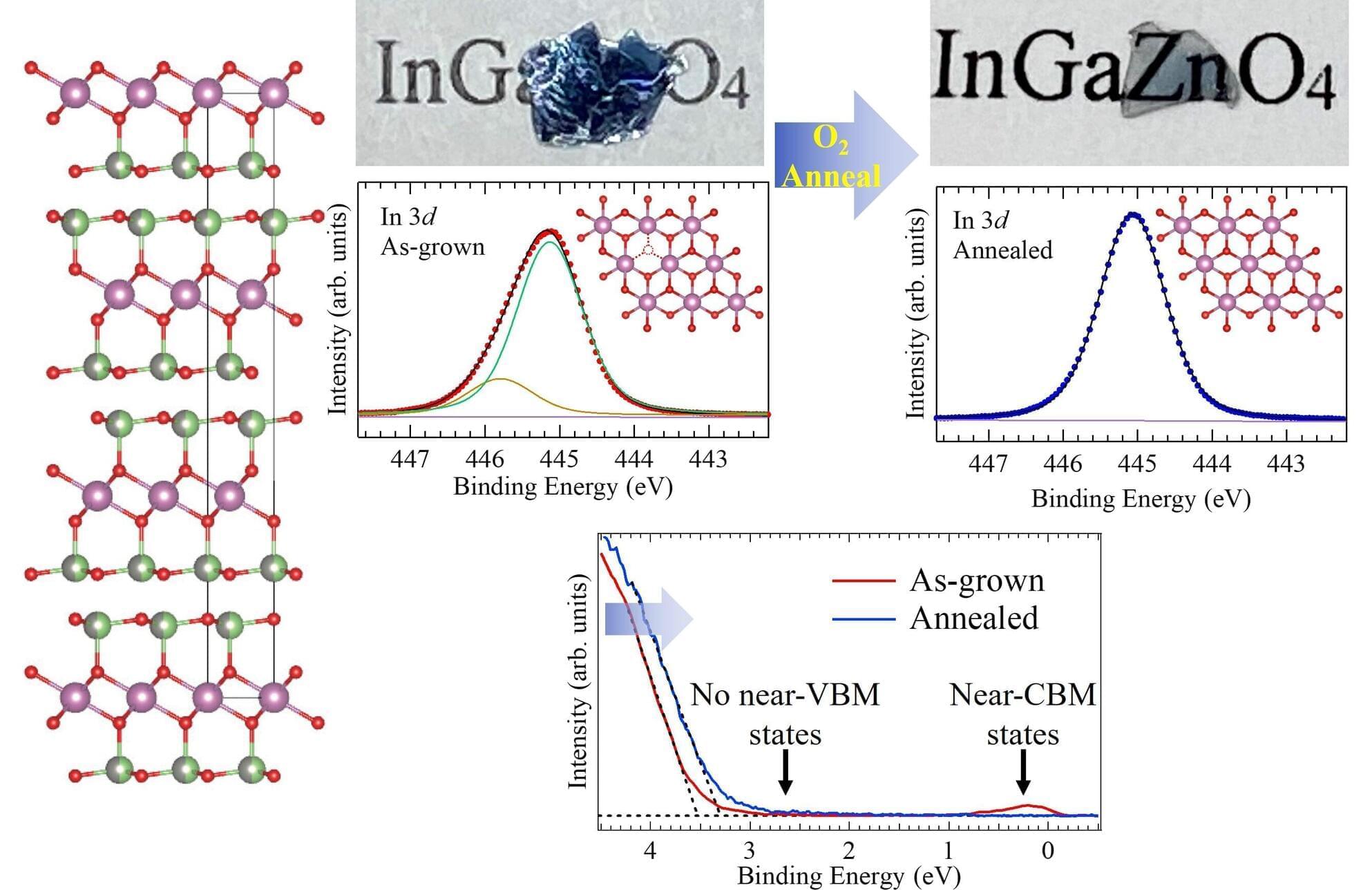
Many displays found in smartphones and televisions rely on thin-film transistors (TFTs) made from indium gallium zinc oxide (IGZO) to control pixels. IGZO offers high transparency due to its large bandgap (the gap existing between the valence and conduction bands), high conductivity, and can operate even in an amorphous (non-crystalline) form, making it ideal for displays, flexible electronics, and solar cells.
However, IGZO-based devices face long-term stability issues, such as negative bias illumination stress, where prolonged exposure to light and electrical stress shifts the voltage required to activate pixels. These instabilities are believed to stem from structural imperfections, which create additional electronic states—known as subgap states—that trap charge carriers and disrupt current flow.
Until recently, most studies on subgap states focused on amorphous IGZO, as sufficiently large single-crystal IGZO (sc-IGZO) samples were not available for analysis. However, the disordered nature of amorphous IGZO has made it difficult to pinpoint the exact causes of electronic instability.

Quantum mechanics has a reputation that precedes it. Virtually everyone who has bumped up against the quantum realm, whether in a physics class, in the lab, or in popular science writing, is left thinking something like, “Now, that is really weird.” For some, this translates to weird and wonderful. For others it is more like weird and disturbing.
Chip Sebens, a professor of philosophy at Caltech who asks foundational questions about physics, is firmly in the latter camp. “Philosophers of physics generally get really frustrated when people just say, ‘OK, here’s quantum mechanics. It’s going to be weird. Don’t worry. You can make the right predictions with it. You don’t need to try to make too much sense out of it, just learn to use it.’ That kind of thing drives me up the wall,” Sebens says.
One particularly weird and disturbing area of physics for people like Sebens is quantum field theory. Quantum field theory goes beyond quantum mechanics, incorporating the special theory of relativity and allowing the number of particles to change over time (such as when an electron and positron annihilate each other and create two photons).
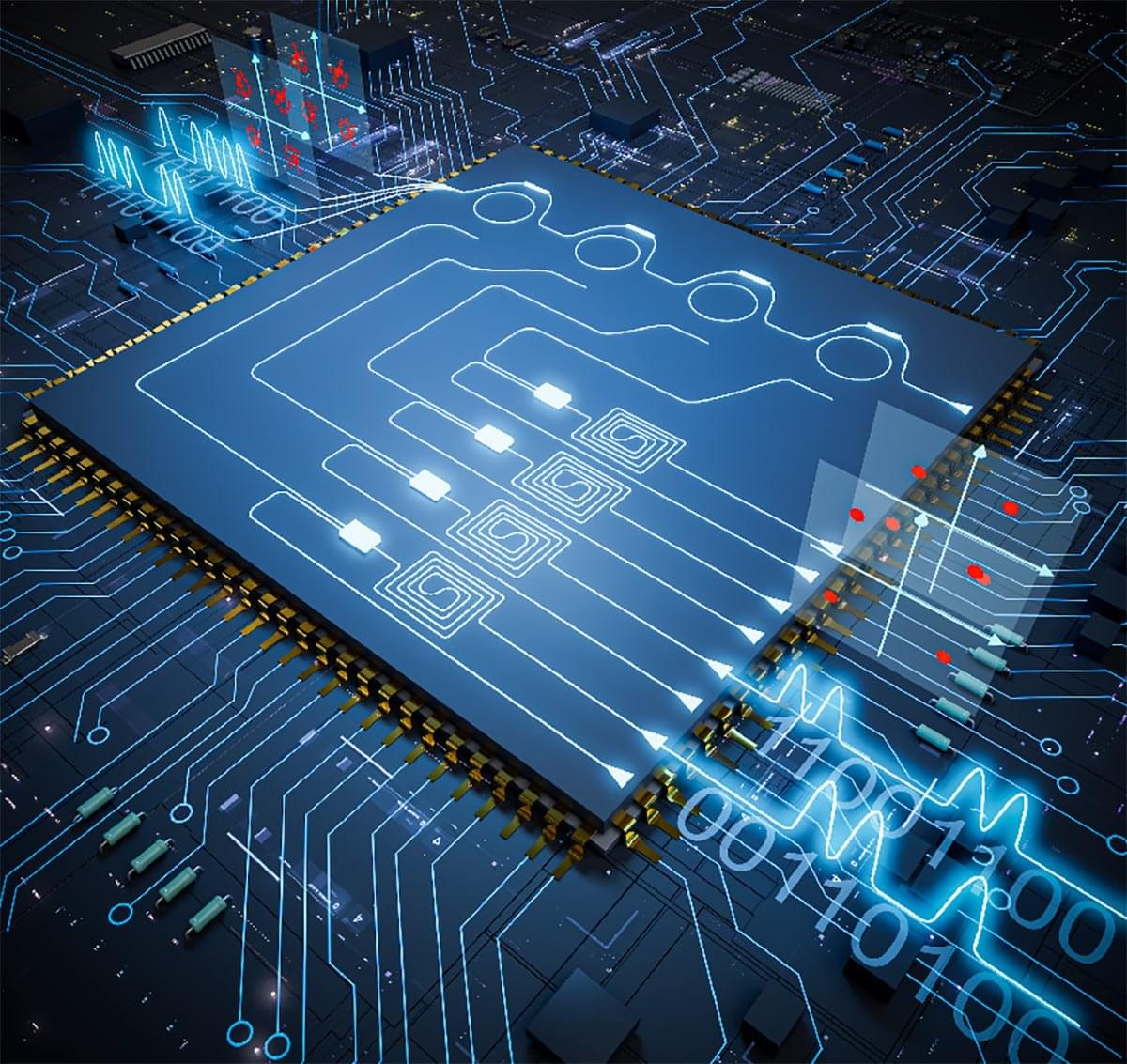

Microsoft has confirmed a widespread issue in Windows Server Update Services (WSUS) that prevents organizations from syncing with Microsoft Update and deploying the latest Windows updates.
Windows Server Update Services (WSUS) is a Microsoft product that allows businesses to manage and distribute Windows updates to computers within their network.
By default, WSUS synchronizes with Microsoft Update servers once a day, when it downloads the latest metadata on available Windows updates. Admins can change the frequency if they wish in the settings.
For the first time ever, researchers succeeded in keeping a qubit coherent for more than 1 millisecond.

The graphite found in your favorite pencil could have instead been the diamond your mother always wears. What made the difference? Researchers are finding out.
How molten carbon crystallizes into either graphite or diamond is relevant to planetary science, materials manufacturing and nuclear fusion research. However, this moment of crystallization is difficult to study experimentally because it happens very rapidly and under extreme conditions.
In a new study published July 9 in Nature Communications, researchers from the University of California, Davis and George Washington University use computer simulations to study how molten carbon crystallizes into either graphite or diamond at temperatures and pressures similar to Earth’s interior. The team’s findings challenge conventional understanding of diamond formation and reveal why experimental results studying carbon’s phase behavior have been so inconsistent.